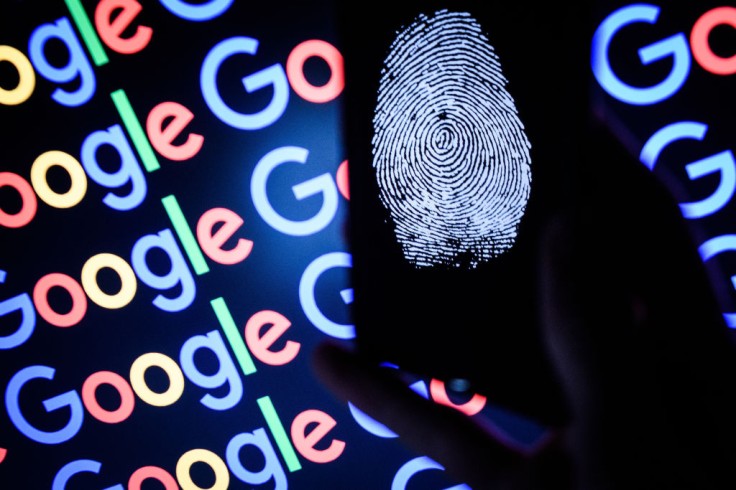
Recent reports came in that the RockYou 2021 Data Breach leaked over 8.4 billion user accounts and passwords. With that, now should be the best time for you to set up the two-factor authentication security features on all of your online accounts. Check out this step-by-step guide on most social media networks.
An extra step of security will greatly boost your privacy and account safety. Typically, by involving your phone number or email in the verification process, the web services get a secondary assurance that it is you who is opening the account.
The Verge offered the following steps to activate two-factor authentication of some of the best-used web services.
Android
Unfortunately, the two-factor authentication option is not yet available for Android smartphone settings. Instead, most of the downloadable apps have their own form of two-step authentication options.
Apple
The two-factor authentication option is also not yet available for Apple users on iOS 9 and older. The same applies to macOS X El Capitan and older models.
iOS
Generally, iOS has the same system settings. To activate the two-factor authentication, open your Apple ID, go to "Settings," "Your Name," and "Password & Security." Click on the "Two-Factor Authentication."
Some iOS devices running on 10.2 and older might have the security feature, but not all.
Amazon
Two-factor authentication on Amazon will boost the security of your account and payment details.
To set it up, head to the Amazon homepage and open "Accounts & Lists." Open "Account" and "Login & Security." "Edit" the page and activate the "Two-Step Verification (2SV) Settings." You will be asked to verify by providing your current password.
Click "Get Started." Amazon will provide you specific details on the two-factor authentication, where you could use your phone number or through a QR code to verify your identity. Lastly, don't forget to activate the two-factor authentication option on your Amazon app on Android and iOS.
Read also: Dogecoin Price Prediction: Expert Issues Warning About Meme Coin Despite Potential to Hit $1
Dropbox
Dropbox is a widely used cloud server to store most of your essential multimedia files. It is best to add security features to your account as soon as possible. To activate it, go to "Settings" and "Security." Scroll down until you find the "Two-Step Verification." Toggle it on and follow the given instructions to complete the process.
As one of the biggest social media platforms, Facebook has a lot of added security features. For mobile devices, go to "Settings & Privacy," "Settings," "Security and Login" to activate the "Use two-factor authentication."
For accounts on Xbox or Spotify, you can generate a unique password on a specific device. Activate it, the pathway is similar to mobile devices: "Settings & Privacy," "Settings," and "Settings and log in."
Google accounts usually have the two-factor authentication turned on by default. Whenever you log in, Google will automatically send you verification codes by text or call on your registered mobile number. Also, Google could send you prompts on your mobile device where you click "yes" or "now" to verify a recent log-in attempt.
TikTok
To set up your TikTok two-factor authentication, open your profile icon at the bottom of the screen. Then click the three dots setting on the upper right. Open "Security and Login" and toggle on the "2-step verification.
These are only some of the social media platforms mostly used on the internet. You should follow these steps as soon as you can to counter the data leak of RockYou 2021.
Related Article: Android Security Update: How to Stop Apps From Tracking Your Private Data









